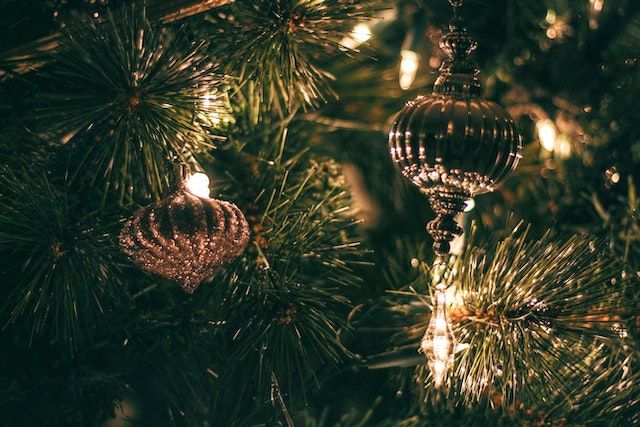Traditionally, Christmas trees have been part of the Yuletide holidays for as long as the holidays have existed. Most adults have a childhood of cutting down trees and decorating during it themselves. Oftentimes, they love to maintain the tradition of cutting down natural trees with their own children. But, when tree needles begin to litter the floor, and tree sap all over the floor, most people just make up their minds to start a new tradition with Flocked Christmas trees!
FLOCKED CHRISTMAS TREES TRADITION
You might experience a bit of nostalgia for cutting down trees for a while, but when you begin to surf the internet for pictures of Flocked Christmas trees, you would be bedazzled!

Flocked Christmas trees help create a beautiful snowy theme for your Christmas decor. With different sizes, colors, and shapes, you have a wide variety of choice to pick from. You can add a new spice to your holidays with glistening white decorations and silver ornaments.
The History of Flocking Christmas Trees: How it Started and Why We Still Love It Today
The tradition of using Flocked Christmas trees has been around for quite a while now. Artificial trees—particularly the 6 foot and 7-foot artificial Christmas trees – have existed as far back as the 19th century. It has since then evolved from inanimate representation of a real tree to near-reality trees. Flocked tree trends began when people started spraying trees with dye and hue to get an appealing snow-like appearance. As far back as 1800s, substances like flour, corn starch, and cotton have been in use for flocking. Tree flocking, as we know it, came to light during the 1950s and 1960s. Although most of them looked unnatural, they did set a good foundation for widely sort Flocked Christmas trees today.
Flocked Christmas trees have been part of the Christmas tradition for a couple of decades. It is rapidly becoming a preferred choice for different homes; especially in places where snow doesn’t fall frequently.
You can read more about this topic on a Christmas Blog.
